The work of Ping He (Shanghai, China, 1958), abstract painter with a long career behind him dotted with participation in exhibition events in his homecountry and abroad, is focused on the search for a synthesis between the legacy of the millenary Chinese culture and contemporary aesthetics, characterized by an uncontrollable overlapping of information and an increasingly rapid technological and social progress, which leaves no time to metabolize the changes in the reality in which the human being is immersed. Over the years, the artist’s style has evolved, reflecting the trend of his thought, which has always been inhabited by painting, practised by him as if it were a philosophical discipline. His works, whether they are violent compositions of black lines drawn in pencil or delicate interior landscapes created in pastel, identify a common iconographic matrix in the traditional Chinese ideogram, the essence of which is continually reinterpreted and renewed by him with different stylistic results. To find out more we interviewed him.
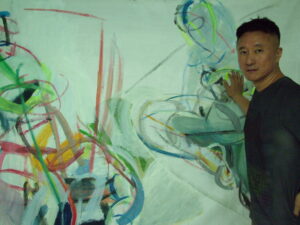
Ping He di fronte a uno dei suoi dipinti
Andrea Guerrer: One of the most fascinating aspects of your painting is the fact that it has roots in the past but is aimed at expressing the demands of contemporaneity. How do you manage to harmonize the stresses coming from eras so distant from each other?
Ping He: Influenced by Chinese culture since childhood, my creative process unconsciously revealed itself naturally, not deliberately. The new way of life brought about by the development of modern science and technology has prompted me to have a new willingness to express myself. The collision between tradition and contemporaneity, very strong in China, made me reflect and is at the origin of my individual artistic language.
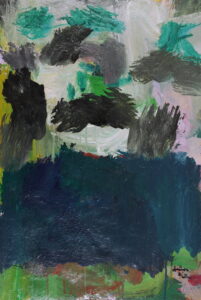
Ping He, 12, 46 x 68 cm, courtesy the artist
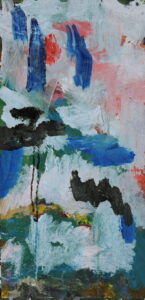
Ping He, 13, 33 x 69 cm, courtesy the artist
Another fundamental aspect of your creative process is the search for simplicity, understood as a tool to reveal the essence of things and integrate it with your subjective vision. Would you like to tell us something about this?
The simplicity of my pictorial language is a sort of psychological reaction to the frenetic modern life and the explosion of information we are bombarded by. In my early abstract paintings, I integrated my subjective consciousness into symbols and the visual nerve focused on the aura around people or things, trying to express the magnetic field of life with simple lines. Then the successively superimposed transverse lines produced the image generated by the neural network of information in communication. Through the alternation of simplicity and complexity, the pictorial language is able to better reveal the vital energy contained in all natural things.
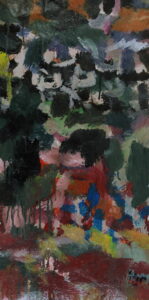
Ping He, 17, 34 x 69 cm, courtesy the artist
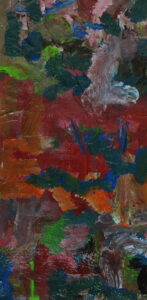
Ping He, 17, 34 x 69 cm, courtesy the artist
Do your paintings originate from the observation (live or through images) of fragments of reality then made abstract by painting or do they arise as pure compositions of signs and colors in which the reference to contemporaneity is implemented at the level of atmosphere?
In the early days of my painting, I sketched and gradually abstract figures appeared. Then I discovered the power of the sensory nerve and my interest turned to connecting my self-consciousness to the invisible reality, so that it was no longer a surface symbol and figure, but a brush stroke, a line and color expression of the life spirit and energy behind the surface.
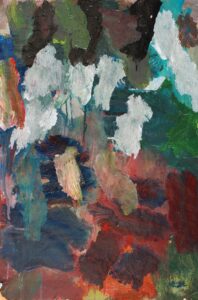
Ping He, QC 1, 2024, acrylic on paper, 55 x 90 cm, courtesy the artist
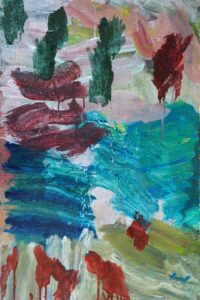
Ping He, QC 2, 2024, acrylic on paper, 55 x 95 cm, courtesy the artist
In the 90s you visited New York for your first solo exhibition: what discoveries and reflections did the encounter with the West arouse in you in a historical moment in which it was not so easy have mutual contact?
My solo exhibition in New York in the 1990s touched me a lot by exposing myself to Western art. I find that art is the expression of the artist’s sense of self. After returning to China, I began to find myself. I expressed my usual thoughts and idea with the brush and drew many sketches in the way of recording. I experienced sensing the magnetic field of heaven and earth under the drive of consciousness, adjusting the conscious information contained in each brush stroke and each color block and revealing the infinite energy of the ever-changing life cells.
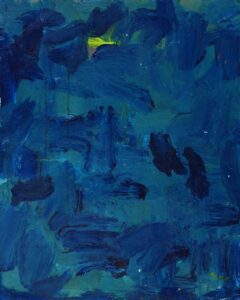
Ping He, QC 3, 2024, acrylic on paper, 65 x 90 cm, courtesy the artist
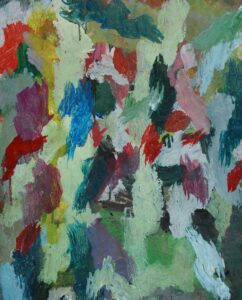
Ping He, QC 4, 2024, acrylic on paper, 65 x 95 cm, courtesy the artist
Your most recent works, entitled “Celadon Series” are inspired by ancient porcelain produced in Shangyu, Zhejiang Province, China, more than 1800 years ago. What new life has this comparison brought into your painting?
This visit to the Dongshan Celadon Showroom in Shangyu came at a time when I was struggling to find out how to incorporate the collected information about consciousness into my brushwork. The decorative patterns on Shangyu celadon 1800 years ago reveal a primitive and simple energy message and perhaps only I can read the meaning of these vivid symbols, which revere heaven and earth, reverence gods, and worship the power of nature. This unexpected meeting of mutual souls made me excited, and I began to work hard to document and paint the current “Celadon Series”.
Info:
Website: www.artpinghe.com
Instagram: www.instagram.com/ping_he_artist
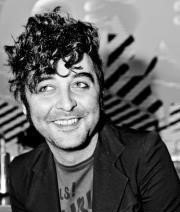
Actor and performer, he loves visual arts in all their manifestations.






NO COMMENT